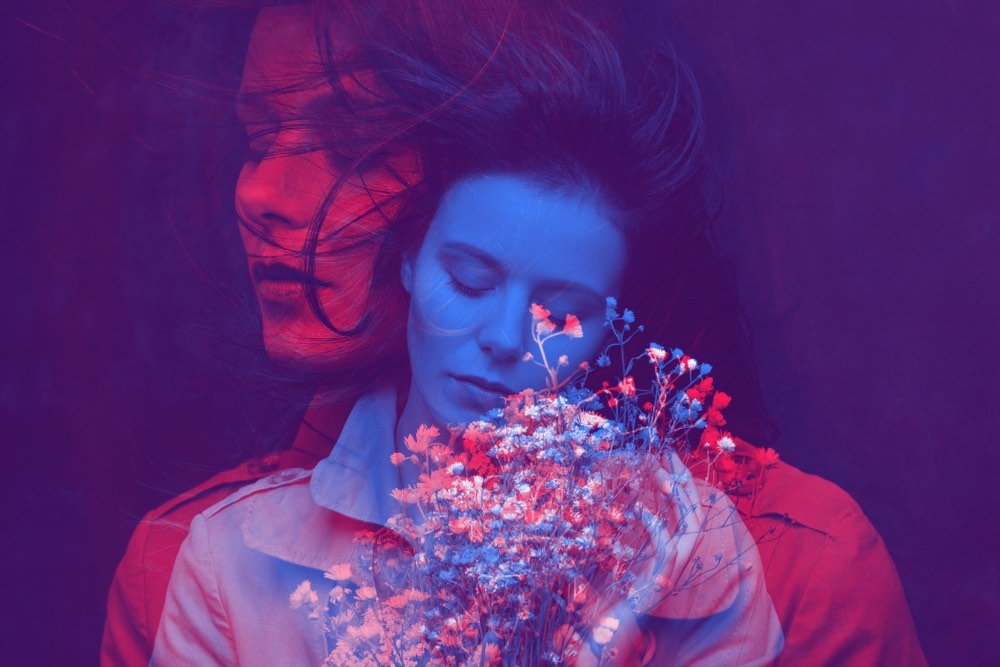Learn how to create stunning double exposure effects and discover the best sources for copyright-free images
What is Double Exposure Effect?

Double exposure is a photographic technique that combines two different images into a single frame, creating a surreal and artistic composition. Originally achieved in-camera by exposing the same frame of film twice, this effect is now commonly created using digital editing software like Photoshop.The magic of double exposure lies in its ability to tell a story, convey emotion, and create visual metaphors by blending two seemingly unrelated images.When executed well, it can transform ordinary photos into extraordinary works of art that captivate viewers and communicate complex ideas.
The Psychology Behind Double Exposure
Double exposure images work because they tap into our brain’s natural pattern-recognition abilities.
We’re wired to find connections between visual elements, and double exposure creates intriguing connections that wouldn’t exist in a single image.
This technique can evoke feelings of mystery, nostalgia, or wonder by combining elements in unexpected ways.
Emotional Impact
Creates powerful visual metaphors that evoke emotion
Artistic Expression
Allows for unique creative expression and storytelling
Visual Interest
Transforms ordinary photos into captivating artworks
How to Create Double Exposure Effects
- Creating stunning double exposure effects is easier than you might think.
- While professional photographers and designers often use Adobe Photoshop
- there are also simpler tools and apps that can achieve similar results.
Using Photoshop (Professional Method)
1 Prepare Your Images
Select a portrait with a clear subject and a secondary image with interesting textures or patterns.
2 Extract the Subject
Remove the background from your portrait using selection tools like Quick Selection or Pen Tool.
3 Combine the Images
Place your secondary image above the portrait layer and experiment with blending modes.
4 Refine the Effect
Use layer masks, opacity adjustments, and color corrections to perfect the blend.
Simpler Alternatives
If you don’t have Photoshop, there are several user-friendly alternatives:
- Mobile Apps: apps like LensFX, PhotoBlend, and Double Exposure make the process easy on smartphones
- Online Tools: websites like Canva, Fotor, and Befunky offer double exposure features
- Free Software: GIMP and Photoscape provide Photoshop-like capabilities for free
Creative Ideas for Double Exposure
The possibilities with double exposure are nearly endless. Here are some popular and creative approaches to inspire your next project:
Popular Double Exposure Concepts
- Nature & Portraits: Blend human subjects with natural elements like trees, mountains, or water
- Urban Landscapes: Combine architecture and cityscapes with human forms
- Seasonal Themes: Create winter-to-summer or day-to-night transitions
- Conceptual Art: Express ideas like “mindfulness” by blending brain scans with nature scenes
- Animal Hybrids: Merge human and animal features for mythical creations
- Textured Portraits: Fill portrait outlines with patterns, maps, or textures
Tips for Perfect Double Exposure

Creating compelling double exposure art requires more than just technical skill. These tips will help you achieve professional-looking results:
Choose Complementary Images
Select images that share similar lighting conditions, color tones, or thematic elements. High-contrast portraits work best as base images, while textured or patterned images make excellent overlay material.
Experiment with Blending Modes
Don’t just stick with Screen or Overlay modes. Try different blending options in Photoshop like Lighten, Soft Light, or Multiply to discover unique effects. Each mode interacts with layers differently, producing distinct results.
Pay Attention to Composition
Ensure key elements from both images align in visually interesting ways. Eyes, facial features, and strong lines in your base image should guide the placement of elements from your secondary image.
Use Color Strategically
Color can make or break a double exposure. Consider converting to black and white for a classic look, or use color grading to unify the tones of both images for a cohesive result.
Advanced Double Exposure Techniques
Color Channel Manipulation
Separate your images into RGB channels and blend different channels from each image for surreal color effects that can’t be achieved with standard blending modes.
Animated Double Exposures
Create moving double exposures by applying the technique to video footage or cinemagraphs. Tools like Adobe After Effects can help bring your static images to life.
Multiple Exposures
Don’t limit yourself to just two images. Experiment with triple or even quadruple exposures for increasingly complex and layered compositions.
Mixed Media Approach
Combine double exposure with other techniques like text overlays, illustration elements, or texture overlays for truly unique creations.
Ready to Create Your Own Double Exposure Art?
Now that you understand the techniques and have sources for amazing images, it’s time to start creating! Remember that mastery comes with practice, so don’t be discouraged if your first attempts aren’t perfect.
Experiment with different image combinations, play with blending modes, and most importantly—have fun with the process. Double exposure photography is about creative expression, so let your imagination guide you.





